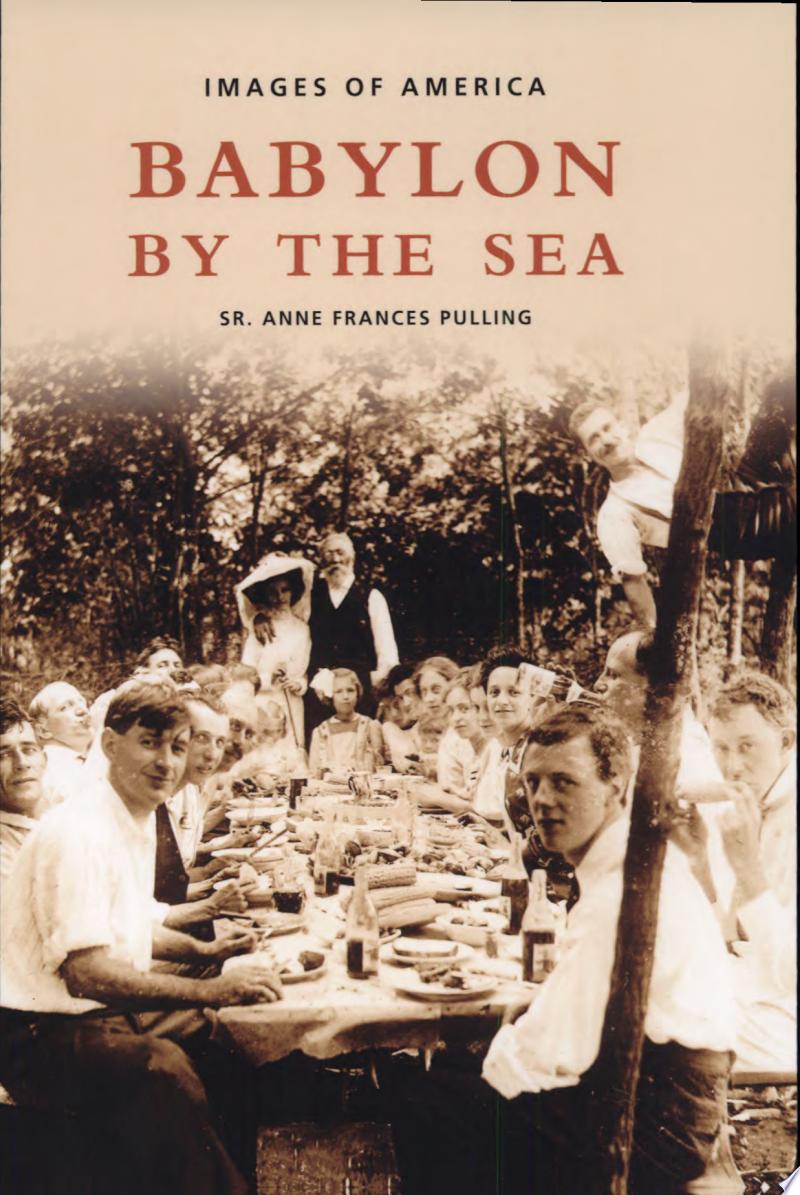People of African descent have played an integral role in Long Island's history, just as they make essential contributions to this region's present and future. Dutch merchants brought the first enslaved Africans to what is now Manhattan in 1626; recognizing the value of this forced labor, they imported additional enslaved men and women from Africa and the Caribbean to help build the growing colony. Concurrently, English settlers started new communities on eastern Long Island, including Gardiner's Island (1639), Southold and Southampton (1640), and East Hampton (1648); they began bringing enslaved Africans to these communities in the 1650s. A century later, in 1749, enslaved Africans comprised 34% of the population of Kings County, 17% of Queens County, and 14% of Suffolk County. Overall, New York had more enslaved people than any colony north of Maryland during the colonial period. For over two centuries, enslaved people of color performed vital domestic, industrial, and agricultural labor throughout the region. At the same time, they struggled to survive in often challenging circumstances, to maintain their own cultural identity, and to resist the institution that bound them. Thanks to the allied efforts of Black and white antislavery advocates, New York State finally abolished slavery in 1827. Yet some legacies of slavery - especially patterns of systemic racism and persistent economic inequality - stubbornly endure on Long Island to this day. Many people have little knowledge or awareness of this critical story. To correct this historical amnesia, we must both reflect on why the damaging effects of slavery have been so long obscured and honor the many contributions of Black Long Islanders to our shared heritage - through continued research, preservation, and celebration.





